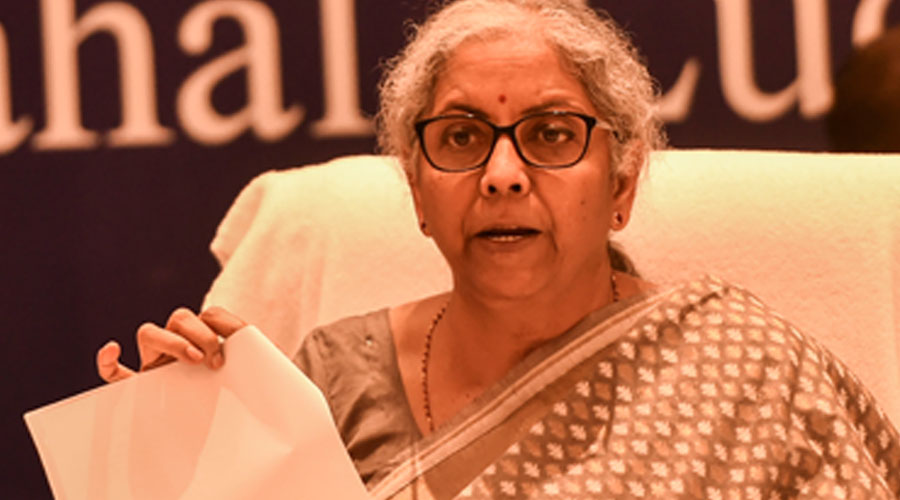Finance minister Nirmala Sitharaman presented a balanced and growth oriented budget with a strong emphasis on long-term growth and avoided any announcement of election related populist measures.
It focussed on four pillars — productivity, climate action, financing investments & PM Gati Shakti plan — and has laid a road map for economic revival, against the backdrop of uncertainty amidst the Covid infections.
Though the fiscal deficit is tad higher at 6.9 per cent for 2021-2022 and at 6.4 per cent for 2022-23, but given the 35 per cent increase in capital expenditure, government has chosen to be pro-growth and has rightly refrained from undertaking aggressive fiscal consolidation at this early stage of economic recovery.
The disinvestment target of Rs 65,000 crore seems to be conservative given that the divestment candidates are clearly identified and government now has a well-oiled process for divestment in place as it has successfully divested Air India one of the most difficult ones to divest.
Further, given the buoyancy in tax collections, it is highly possible that the budget will surpass revenue assumptions which to an extent will help fiscal consolidation and also improve the tax-to- GDP ratio.
Continuing the focus on the Prime Minister’s vision of “Housing For All”, the finance minister announced 80 lakh homes to be built by 2023 under the Pradhan Mantri Awas Yojana (PMAY). Additionally, the budget made an allocation of Rs 48,000 crore under PMAY urban and rural for building these homes.

Further, the government has rightly acknowledged the need to reduce time required for land and construction related approvals for promoting affordable housing for middle class and economically weaker sections in urban areas. This will be extremely helpful in scaling up the execution of PMAY across geographies.
India has seen a massive rise in start-ups in the last few years. The budget has focused more on the Made in India initiative to minimise the dependency. To encourage the start-up eco system government has introduced flexible policies.
The use of drones for start-ups will push for excellence. The promotion of fintech and technology-based development will help the economy gain a pace as well as create a better job prospects for individuals.
Micro, Small and Medium Enterprises (MSMEs) continue to be the backbone of economic growth. In a bid to boost local manufacturing and promote self-reliance, FM announced extending the Emergency Credit Line Guarantee Scheme (ECLGS) up to March 2023.
This will go a long way in supporting the MSME sector and revive industrial activities.
The budget also focuses on sustainable and equitable growth. There is push for tech excellence. Infrastructure status given to Data Centres will provide a huge boost to the fast evolving digital environment of the country. Moving towards digital economy, the budget announced the launch of CBDC (Central Bank Digital Currency) in 2022-23. The introduction of digital rupee will give a big boost to the digital economy and bring in efficient currency management.
The pandemic has made people recognise the importance of a roof over one’s head. The government could have given further boost to the housing sector through tax benefits given the strong multiplier effect the sector has on the economy.
The CLSS schemes under the PMAY have been a great example of a successful Public- Private partnership and its extension especially for the EWS and LIG category would have helped immensely to achieve the goal of “Housing for All”
Renu Sud Karnad is managing director, HDFC Ltd











